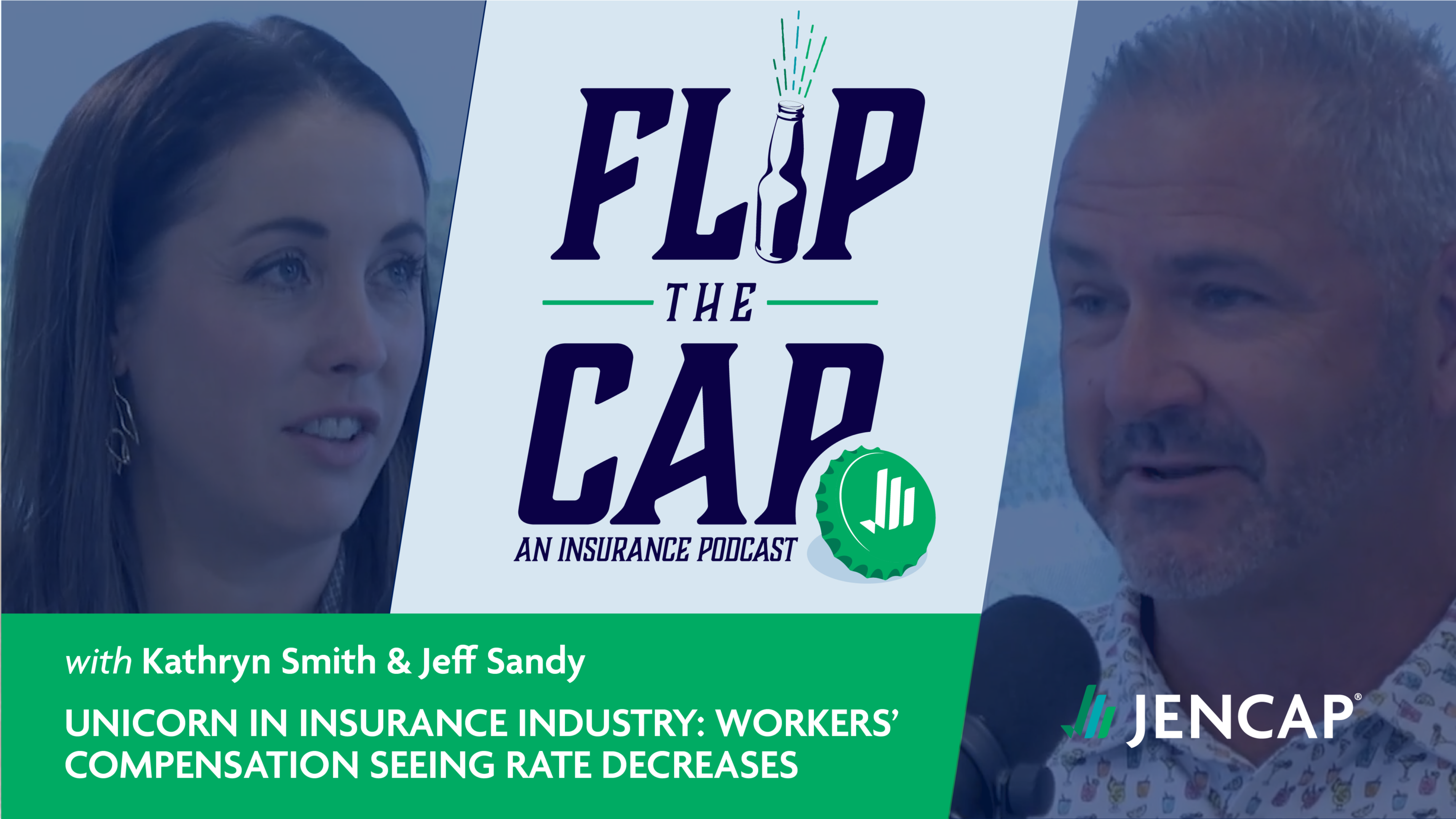Starting January 1, 2024, the U.S. Department of Labor will require employers in high-hazard industries to submit injury and illness information electronically to the Occupational Safety and Health Administration (OSHA).
You can visit the OSHA website to review full details about the ruling, but here are the highlights around what’s changing, which industries it impacts most, how employers can proactively prepare, and what this could mean for insurance.
What Changes with the New OSHA Ruling?
Although employers are already required to keep information about employee injuries and illness, the new ruling will now require employers in “high-hazard” industries to submit this information to OSHA’s Injury Tracking Application. This will expand the group of employers obligated to annually report their injury and illness statistics, while also raising the volume of mandatory data submissions for specific types of organizations.
According to the official OSHA ruling, here’s a summary of what’s changing:
- Each year, establishments with 100+ employees in certain high-hazard industries must electronically submit information from their injury and illness reports (which they are already required to collect in OSHA Forms 300 and 301) to OSHA.
- Establishments must include their legal company name in the information they submit electronically.
- OSHA has plans to post some of the data from these annual submissions on a public website. According to OSHA, they intend to remove information that would identify individuals (names, contact information, etc.).
- This new rule does not change any of the previous requirements OSHA has for electronic form submissions for establishments with 20-249 employees in high-hazard industries. It also does not change current electronic requirements for establishments with over 250 employees in industries that must already keep OSHA injury and illness records.
What Types of Industries Does This Impact?
OSHA provides a full list of industries they deem “high-hazard” and must meet these new requirements. The list includes — just to name a few — companies involved in trucking, warehousing, manufacturing, roofing, framing and masonry, healthcare, education, and agriculture.
How Does OSHA’s New Ruling Impact Employers?
The new electronic reporting ruling has stirred up a fair bit of controversy between OSHA and businesses within high-hazard industries, particularly construction. According to OSHA, the intention of the new ruling is to improve overall workplace safety in high-hazard industries. OSHA will be able to collect a greater amount of data that they can review, analyze, and make publicly available so employers, employees, customers, and the general public can make better, more informed decisions about workplace safety.
While this ruling may prompt some businesses to pay closer attention to their safety programs and injury-prevention practices, the data OSHA collects could potentially be misinterpreted. Kristi Tinker, Senior Workers’ Compensation Broker explains, “The formatting of the electronic forms do not allow businesses to provide information around what led to an injury or illness, which prevents them from painting the full picture of an incident. If certain information is taken out of context, it could be very damaging to a business.” For example, it can expose safety-conscious employers to reputational harm, increased — and unwarranted — scrutiny, and a higher likelihood of programmed safety inspections.
In addition, the level of detail employers must disclose to OSHA poses potential privacy risks to individual employees who have experienced work-related injury or illness. This is especially true for employees at smaller organizations, where information can be more easily traced back to individuals.
What Should Employers Do to Prepare and Comply?
If an employer doesn’t comply with the new workplace reporting regulations, they’ll be subject to penalties, fines, and reputational damage. That said, there are several things employers can do now in preparation for the upcoming changes:
- Evaluate current record-keeping practices and make sure the business is documenting all relevant information needed to keep up with OSHA’s new reporting requirements.
- Review existing risk-management measures to see if there are any opportunities to improve and further minimize workplace incidents.
- Review existing safety programs, ensuring they include regular hazard assessments and appropriate employee safety and wellness training.
What Impact Does the New OSHA Ruling Have on Insurance?
It’s still early to gauge the full impact OSHA’s electronic reporting ruling will have on businesses’ insurance plans. However, it’s likely to place more risk-prone businesses under greater carrier scrutiny when it comes to securing coverage — particularly workers’ compensation. According to Mendy Cox, Jencap Senior Workers’ Compensation Broker, “Underwriting may become even tighter in high-hazard industries. If employers don’t comply with OSHA’s ruling, they could be at risk for schedule rating increases and non-renewals.”
At Jencap, we’re experts at navigating the challenges of high-hazard operations. No matter your client’s industry, risk profile, or geographic location, our specialty workers’ compensation brokers will work alongside you to find the right carrier partner to meet their needs. Contact Jencap today for a quote.












































